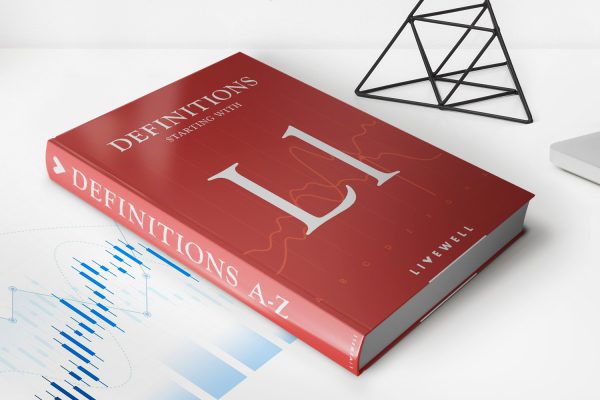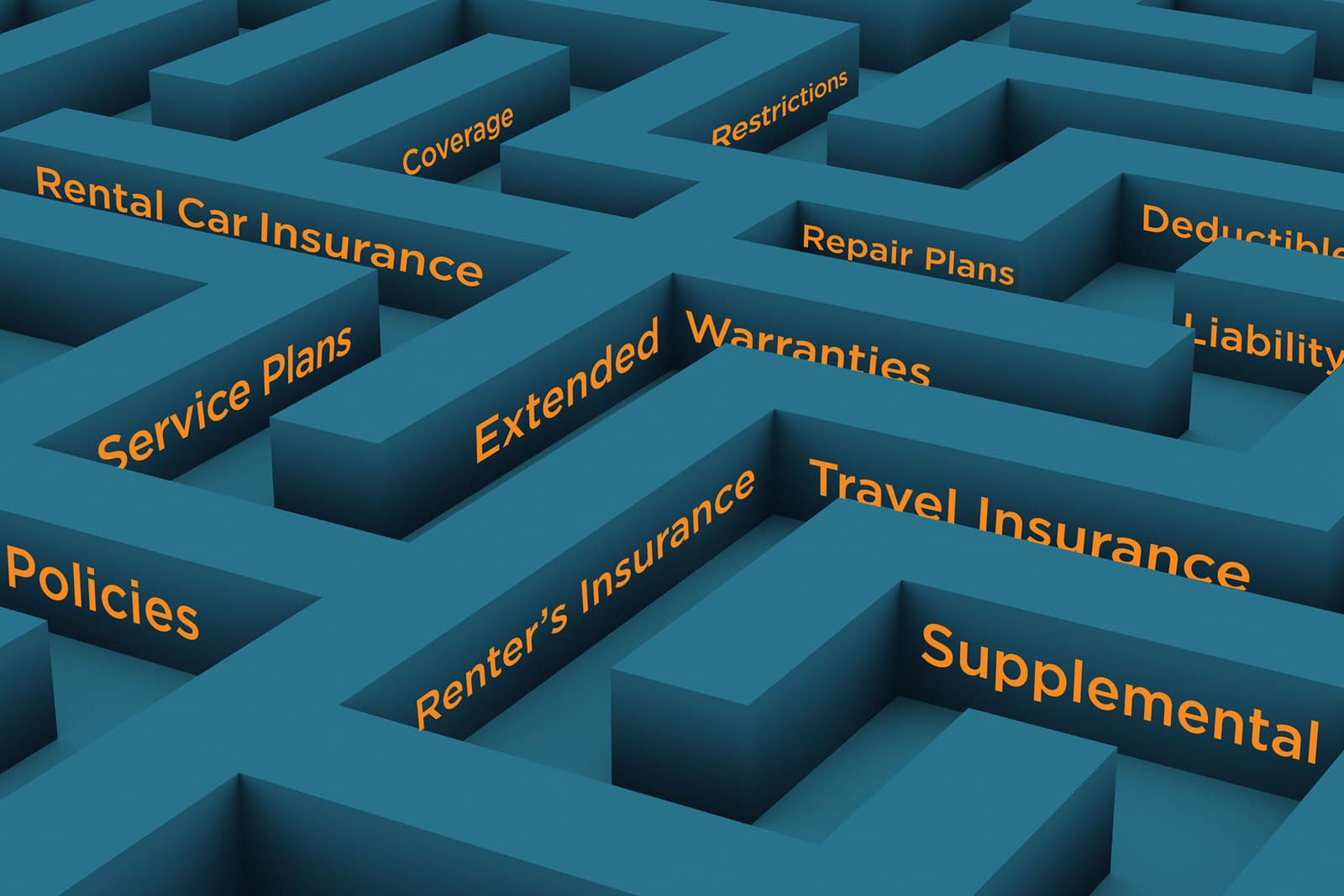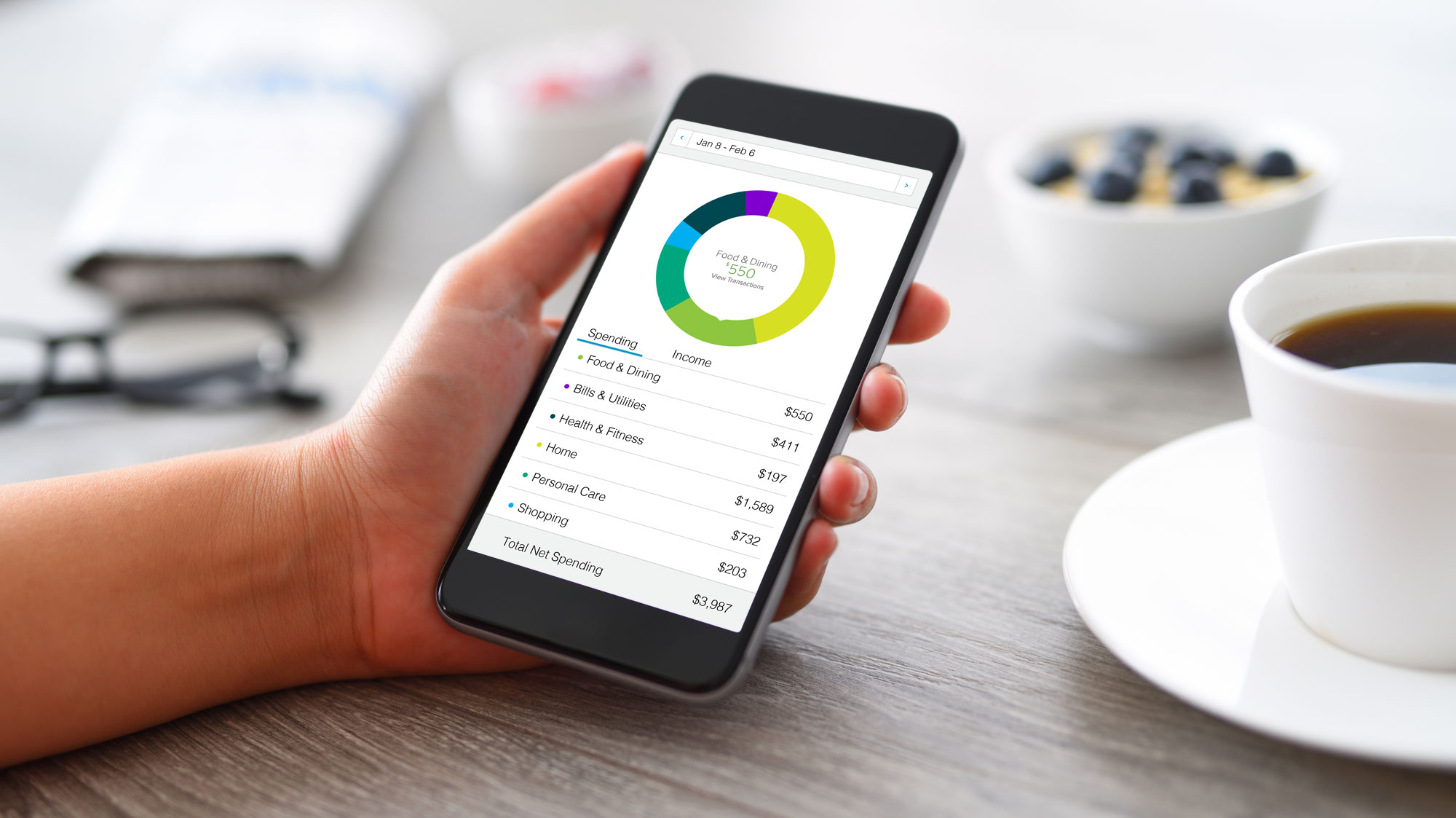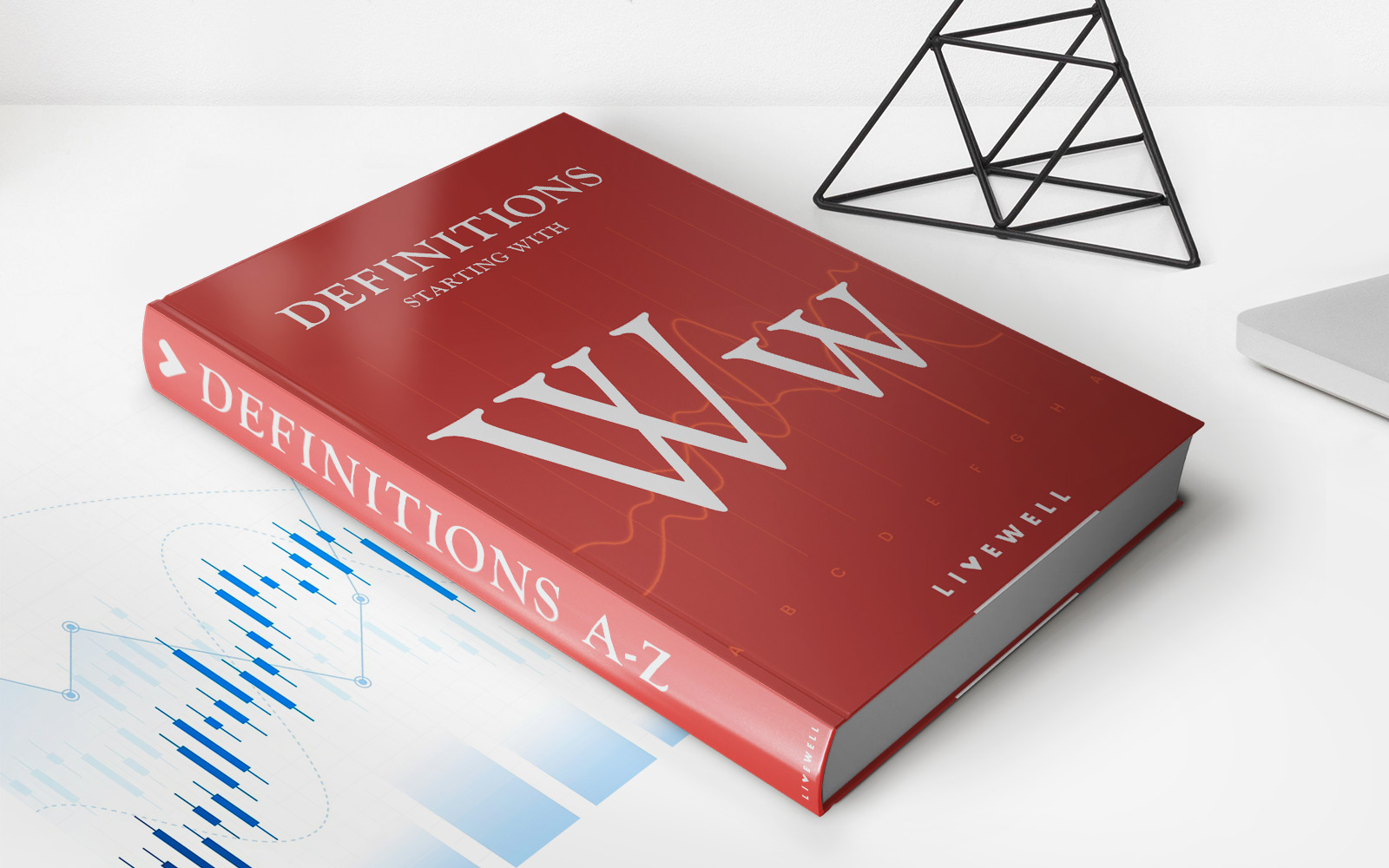

Finance
What Is Legal Coverage On Car Insurance?
Published: November 6, 2023
Discover the importance of legal coverage on car insurance. Protect your finances and ensure peace of mind with comprehensive legal protection for your vehicle.
(Many of the links in this article redirect to a specific reviewed product. Your purchase of these products through affiliate links helps to generate commission for LiveWell, at no extra cost. Learn more)
Table of Contents
- Introduction
- Understanding Legal Coverage on Car Insurance
- Types of Legal Coverage
- Bodily Injury Liability Coverage
- Property Damage Liability Coverage
- Uninsured/Underinsured Motorist Coverage
- Personal Injury Protection (PIP) Coverage
- Medical Payments Coverage
- Legal Coverage Limits
- Factors That Affect Legal Coverage Rates
- Conclusion
Introduction
Car insurance is an essential investment for every driver. While the primary purpose of car insurance is to cover the costs of repairs or replacement in the event of an accident, it also provides protection in legal situations. Legal coverage on car insurance ensures that you are financially protected if you are involved in a car accident that leads to legal battles or liability claims.
Understanding legal coverage on car insurance is crucial for all drivers, as it ensures that you have the necessary protection to handle any legal expenses that may arise as a result of an accident. In this article, we will delve into the different types of legal coverage available in car insurance and help you comprehend the importance of obtaining the right level of coverage.
Legal coverage in car insurance protects you from liabilities and legal actions that may result from an accident. Without proper legal coverage, you may have to bear the financial burden of legal proceedings, settlements, and potential damages. Having the right legal coverage enables you to handle legal costs, ensuring that you are not financially devastated in the event of a legal dispute.
It is important to note that legal coverage on car insurance does not encompass criminal acts, such as driving under the influence or intentional harm. Instead, it covers accidents and the associated legal implications that may arise. It is crucial to review your car insurance policy carefully to understand the extent of your legal coverage.
In the following sections, we will explore the different types of legal coverage offered by car insurance policies and shed light on how they can protect you in various scenarios.
Understanding Legal Coverage on Car Insurance
Legal coverage on car insurance refers to the protection provided by your policy in the event of legal disputes or liabilities resulting from a car accident. This coverage ensures that you are financially protected if you are sued for damages, injuries, or other legal claims arising from an accident where you are at fault.
When you purchase car insurance, it typically includes certain levels of legal coverage. However, it is important to carefully review your policy to understand the extent of your coverage and determine if additional coverage is necessary.
Legal coverage on car insurance can be categorized into several types, each serving a specific purpose. These types of coverage are designed to protect you from various legal liabilities and expenses. By understanding these different types of coverage, you can make informed decisions when selecting the right car insurance policy for your needs.
It is important to note that legal coverage on car insurance does not protect you against criminal charges or intentional acts. It primarily focuses on civil liabilities resulting from accidents.
In the following sections, we will explore the different types of legal coverage provided by car insurance policies, offering a comprehensive understanding of how they function and the protection they offer.
Types of Legal Coverage
Car insurance policies offer various types of legal coverage to protect you in different scenarios. Understanding these types of coverage is essential to ensure you have the right level of protection. Let’s explore the most common types of legal coverage available in car insurance:
Bodily Injury Liability Coverage:
This type of coverage helps cover the medical expenses, legal fees, and potential settlement costs if you are found at fault for an accident that causes injuries to others. It provides financial protection for the injured parties, including their medical bills, lost wages, and pain and suffering.
Property Damage Liability Coverage:
Property damage liability coverage pays for damages to someone else’s property if you are at fault in an accident. This could include repairs to another person’s vehicle, home, or other property that was damaged as a result of the accident. The coverage helps protect you from potential lawsuits and the financial burden of repairing or replacing damaged property.
Uninsured/Underinsured Motorist Coverage:
Uninsured/underinsured motorist coverage protects you in the event of an accident with a driver who either has no insurance or insufficient insurance coverage to pay for your damages. It covers your medical expenses, lost wages, and other damages that you would normally seek from the at-fault driver’s insurance. This coverage ensures that you are not left financially responsible for the costs resulting from an accident caused by an uninsured or underinsured driver.
Personal Injury Protection (PIP) Coverage:
Personal injury protection coverage is sometimes required in no-fault insurance states. It provides coverage for medical expenses, lost wages, and other expenses resulting from injuries sustained in a car accident, regardless of who is at fault. It helps cover immediate medical costs and ongoing medical treatment, ensuring that you receive the necessary care without significant financial strain.
Medical Payments Coverage:
Medical payments coverage, also known as MedPay, pays for the medical expenses of you and your passengers in the event of an accident, regardless of fault. It covers medical bills, hospital stays, surgeries, and other medical treatments. This coverage can be particularly helpful if you don’t have health insurance or have high deductibles.
Having a clear understanding of these different types of legal coverage will help you determine the appropriate level of protection for your car insurance policy. It is crucial to review your policy carefully and consult with an insurance professional to ensure you have adequate coverage based on your personal circumstances and budget.
Bodily Injury Liability Coverage
Bodily injury liability coverage is an essential component of car insurance that provides financial protection if you are at fault for an accident that causes injuries to others. This coverage helps cover the injured party’s medical expenses, legal fees, and potential settlement costs.
When you cause an accident that results in bodily injury to others, whether they are pedestrians, passengers in other vehicles, or the occupants of the car you hit, bodily injury liability coverage steps in to protect you from the financial implications of the injuries caused.
If you are found liable for the injuries, this coverage helps pay for the injured party’s medical expenses, including hospital bills, surgeries, rehabilitation therapies, and ongoing treatments. It also covers lost wages if the injured party is unable to work and compensates for their pain and suffering resulting from the accident.
It is important to note that bodily injury liability coverage typically has policy limits, consisting of two parts: per-person limit and per-accident limit. The per-person limit is the maximum amount the insurance company will pay for each individual injured in the accident, while the per-accident limit is the maximum amount the insurer will pay for all bodily injuries resulting from a single accident.
For example, if your policy has bodily injury liability coverage of $50,000/$100,000, it means your insurer will cover up to $50,000 per person injured, with a maximum limit of $100,000 for the entire accident, regardless of the number of injured parties involved. It is crucial to select the appropriate coverage limits that provide adequate protection based on your financial situation and potential liabilities.
Keep in mind that if the expenses exceed your policy limits, you may become personally responsible for the remaining costs. To mitigate this risk, it is advisable to consider higher liability limits or consider an umbrella insurance policy that provides additional coverage above the limits of your car insurance policy.
Bodily injury liability coverage not only protects your assets and financial well-being but also provides peace of mind. By carrying this coverage, you can drive with confidence knowing that you have protection in the event of an accident that causes bodily harm to others.
Property Damage Liability Coverage
Property damage liability coverage is an essential component of car insurance that provides financial protection if you are at fault for an accident that causes damage to someone else’s property. This coverage helps cover the costs of repairing or replacing the damaged property.
When you cause an accident that results in damage to another person’s vehicle, home, or other property, property damage liability coverage steps in to protect you from the financial implications of the damage caused.
Property damage liability coverage helps pay for the repair or replacement costs of the damaged property. This can include the cost of fixing another person’s vehicle, repairing damage to a building or structure, or even replacing personal belongings that were damaged in the accident.
The coverage not only helps protect you from potential lawsuits and legal expenses but also ensures that you are not personally responsible for the financial burden of repairing or replacing someone else’s property. Without this coverage, you could be held liable for the full cost of the property damage caused in the accident.
Similar to bodily injury liability coverage, property damage liability coverage also has policy limits. These limits determine the maximum amount your insurance company will pay for the property damage caused in an accident.
For example, if your policy has property damage liability coverage of $50,000, it means your insurer will cover up to $50,000 for the repair or replacement costs of the damaged property. It is important to select the appropriate coverage limits that provide adequate protection based on the potential value of the property you may damage.
Keep in mind that if the property damage expenses exceed your coverage limits, you may become personally responsible for the remaining costs. To mitigate this risk, consider higher liability limits or explore umbrella insurance policies that provide additional coverage above the limits of your car insurance policy.
Property damage liability coverage is crucial for protecting your financial assets and ensuring that you can cover the costs of property damage caused in an accident. By carrying this coverage, you can drive with confidence, knowing that you have the necessary protection in case of property damage liabilities.
Uninsured/Underinsured Motorist Coverage
Uninsured/underinsured motorist coverage is an important type of insurance that protects you in the event of an accident with a driver who either has no insurance or insufficient coverage to pay for your damages. This coverage ensures that you are not left financially responsible for the costs resulting from an accident caused by an uninsured or underinsured driver.
Despite mandatory auto insurance laws in many states, a significant number of drivers on the road either have no insurance or carry only the minimum required coverage. In the unfortunate event of an accident involving one of these drivers, you may find yourself facing significant financial difficulties if you do not have uninsured/underinsured motorist coverage.
If you are involved in an accident caused by an uninsured driver, uninsured motorist coverage helps cover your medical expenses, lost wages, and other damages that you would normally seek from the at-fault driver’s insurance. It provides a safety net when the other driver cannot fulfill their financial responsibilities due to lack of insurance coverage.
Similarly, underinsured motorist coverage comes into play when the at-fault driver’s insurance coverage is not sufficient to cover your damages completely. In such cases, underinsured motorist coverage helps bridge the gap between the other driver’s coverage and your actual expenses.
Uninsured/underinsured motorist coverage can also protect you in hit-and-run accidents, where the other driver flees the scene and their identity is unknown. In these situations, you may still be able to claim damages under your uninsured motorist coverage, ensuring that you are not left without financial compensation.
It is important to note that the requirements and availability of uninsured/underinsured motorist coverage vary by state. Some states may require it, while others may offer it as an optional add-on to your car insurance policy. Review your policy and consult with your insurance provider to understand your coverage options and ensure you have adequate protection.
Carrying uninsured/underinsured motorist coverage provides you with an extra layer of financial protection and peace of mind. It ensures that you are not financially burdened due to an accident caused by someone else’s negligence or lack of insurance coverage.
Personal Injury Protection (PIP) Coverage
Personal Injury Protection (PIP) coverage is a type of insurance that provides coverage for medical expenses, lost wages, and other expenses resulting from injuries sustained in a car accident, regardless of who is at fault. This coverage is sometimes required in no-fault insurance states and helps ensure that you receive the necessary medical care without significant financial strain.
PIP coverage is designed to provide immediate financial assistance following an accident, covering expenses such as ambulance fees, hospital bills, surgery costs, rehabilitation therapies, and prescription medications. This coverage helps alleviate the financial burden of medical treatment and ensures you receive the care you need to recover from your injuries.
Additionally, PIP coverage can also compensate for a portion of your lost wages if your injuries prevent you from working. The coverage typically pays a percentage of your lost earnings, helping you maintain financial stability while you recover.
PIP coverage also extends to other individuals covered under your policy, such as passengers in your vehicle, regardless of who is at fault for the accident. This means that if you or your passengers sustain injuries in a car accident, the PIP coverage will apply to cover their medical expenses and lost wages as well.
One key feature of PIP coverage is that it is typically a “no-fault” insurance, meaning that you can claim benefits under this coverage regardless of who caused the accident. This system aims to expedite the claims process and ensure that injured parties receive timely compensation for their injuries.
It is important to review your policy and understand the specific details of your PIP coverage, including the coverage limits, deductible amounts, and any additional benefits or limitations. PIP coverage limits can vary depending on your state and insurance carrier.
While PIP coverage is designed to provide comprehensive protection, it may not cover all expenses or fully compensate for all economic losses. Therefore, it is essential to assess your personal needs and consider additional coverage options if necessary, such as supplemental health insurance or disability coverage.
Having PIP coverage in your car insurance policy can provide crucial financial support in the aftermath of an accident. It ensures that you and your passengers have access to immediate medical care and financial assistance, helping you focus on recovery without the added stress of mounting medical bills and lost wages.
Medical Payments Coverage
Medical payments coverage, also known as MedPay, is an optional type of insurance that pays for the medical expenses of you and your passengers in the event of an accident, regardless of who is at fault. This coverage can provide crucial financial assistance to cover immediate medical costs and ongoing medical treatments resulting from a car accident.
Medical payments coverage is designed to cover medical expenses related to injuries sustained in a car accident. This can include hospital bills, doctor’s visits, surgery costs, ambulance fees, X-rays, and other diagnostic tests, as well as medications and rehabilitation services.
One of the key advantages of medical payments coverage is that it provides coverage for medical expenses irrespective of who caused the accident. This means that even if you caused the accident, you and your passengers are still eligible for coverage under this policy. MedPay can be particularly valuable for individuals who do not have health insurance or have high deductibles, as it provides immediate access to medical care without incurring significant out-of-pocket expenses.
Medical payments coverage typically has a limit, which is the maximum amount that your insurance company will pay for medical expenses resulting from an accident. It is important to review your policy and understand the specific limits of your coverage.
It’s worth noting that medical payments coverage is not a substitute for health insurance. It is designed to supplement your health insurance or to provide coverage if you do not have health insurance. While health insurance covers a broader range of medical expenses, medical payments coverage focuses specifically on medical costs resulting from car accidents.
It is crucial to assess your personal circumstances and determine if medical payments coverage is necessary for you. Consider factors such as your health insurance coverage, your financial ability to cover unexpected medical expenses, and the potential medical needs of your passengers.
Keep in mind that medical payments coverage is optional in most states, and the availability and coverage limits may vary depending on your insurance provider. Carefully review your car insurance policy and consult with your insurance agent to understand the specific details and benefits of medical payments coverage.
Having medical payments coverage can provide you with peace of mind knowing that you and your passengers have access to immediate medical care without worrying about the financial implications of an accident. It can help protect your financial well-being and ensure that you receive the necessary medical treatment in the event of a car accident.
Legal Coverage Limits
Legal coverage limits refer to the maximum amount of coverage provided by your car insurance policy for liabilities and legal expenses resulting from an accident. These limits determine the financial protection available to you in case you are held liable for damages or injuries.
Car insurance policies typically have two types of limits when it comes to legal coverage: per-person limit and per-accident limit.
The per-person limit is the maximum amount the insurance company will pay for each individual injured in an accident. This limit applies to bodily injury liability coverage and represents the maximum amount your insurer is obligated to pay for the medical expenses, legal fees, and potential settlements of a single individual who sustained injuries as a result of the accident.
The per-accident limit, on the other hand, is the maximum amount the insurance company will pay for all bodily injuries resulting from a single accident. This limit represents the total coverage available for all persons injured in a single accident and encompasses the combined expenses of medical bills, legal fees, and potential settlements.
For example, let’s say your car insurance policy has bodily injury liability coverage with limits of $50,000/$100,000. This means that your insurer will cover up to $50,000 per person injured in the accident with a maximum limit of $100,000 for the entire accident, regardless of the number of injured parties.
It is crucial to select the appropriate legal coverage limits that provide adequate protection based on your financial situation, potential liabilities, and state requirements. Keep in mind that higher coverage limits typically result in higher premiums, but they offer increased financial protection in the event of a significant liability claim.
In addition to bodily injury liability limits, property damage liability coverage also has its own separate limit. This limit represents the maximum amount your insurer will pay for property damage caused in an accident. It covers the repair or replacement costs of another person’s property, such as their vehicle, home, or other belongings.
Understanding your legal coverage limits is important to ensure that you have sufficient protection in the event of an accident. It is recommended to review and evaluate your policy regularly, considering factors such as your financial resources, potential liabilities, and the cost of increasing your legal coverage limits to provide a higher level of protection.
Consulting with an insurance professional can help you determine the appropriate coverage limits based on your individual needs and circumstances. By selecting the right legal coverage limits, you can be better prepared financially for any unexpected legal expenses resulting from a car accident.
Factors That Affect Legal Coverage Rates
When it comes to car insurance, several factors can influence the rates for legal coverage. Insurance companies consider various factors to assess the level of risk associated with a policyholder and determine the appropriate premium amount. Here are some key factors that can affect the rates for car insurance legal coverage:
Driving Record:
A clean driving record with no accidents or traffic violations can help lower your insurance rates. On the other hand, a history of accidents or speeding tickets may result in higher premiums since it indicates a higher risk of future legal claims.
Coverage Limits:
The higher the coverage limits you choose for your legal coverage, the higher your premiums are likely to be. This is because higher coverage limits imply greater potential financial payouts by the insurance company in the event of a liability claim.
Location:
Where you live can impact your car insurance rates, including the rates for legal coverage. Urban areas and places with higher rates of accidents or legal claims may have higher premiums compared to rural areas with lower risk levels.
Age and Experience:
Younger and less experienced drivers generally face higher insurance rates, including legal coverage. Insurance companies consider young drivers to be riskier due to their inexperience behind the wheel. As drivers gain more experience and maintain a clean driving record, their rates may decrease over time.
Type of Vehicle:
The make, model, and year of your vehicle can affect your insurance rates. Expensive or high-performance vehicles may result in higher premiums due to higher repair costs or a greater likelihood of being involved in accidents.
Credit Score:
In some states, insurance companies use credit scores as a factor when determining insurance rates. A lower credit score may result in higher insurance premiums, including the rates for legal coverage, as insurers perceive individuals with lower credit scores to be higher risks.
Annual Mileage:
The number of miles you drive annually can impact your insurance rates. Generally, drivers with longer commutes or higher mileage tend to have higher premiums, as they spend more time on the road, increasing the likelihood of an accident.
It’s important to note that each insurance company may weigh these factors differently, so rates can vary depending on the insurer. Additionally, other factors, such as gender, marital status, and prior insurance coverage, can also play a role in determining legal coverage rates.
It’s a good practice to shop around and compare quotes from multiple insurance providers to find the best rates for your desired coverage levels. By understanding the factors that affect your legal coverage rates, you can make informed decisions when selecting the right car insurance policy that meets your needs and budget.
Conclusion
Legal coverage on car insurance is a crucial aspect of protecting yourself financially in the event of accidents and legal liabilities. Understanding the different types of legal coverage and how they work ensures that you have the right level of protection for your car insurance policy.
Bodily injury liability coverage protects you from the financial burden of injuries caused to others in an accident for which you are at fault. Property damage liability coverage covers the cost of repairing or replacing someone else’s property that was damaged in an accident you caused.
Uninsured/underinsured motorist coverage provides protection if you are involved in an accident with a driver who either has no insurance or insufficient coverage. This coverage ensures that you are not left paying for damages resulting from an uninsured or underinsured driver.
Personal injury protection (PIP) coverage provides coverage for medical expenses and lost wages for you and your passengers, regardless of fault. Medical payments coverage pays for medical expenses resulting from an accident, regardless of fault or whether you have health insurance.
When selecting car insurance, it’s essential to consider the coverage limits and tailor them to your financial situation and potential liabilities. Higher coverage limits provide increased protection but may come with higher premiums.
There are several factors that can affect the rates for legal coverage, including driving record, age, location, type of vehicle, credit score, and annual mileage. Understanding these factors can help you navigate the insurance market and find the best rates for your car insurance policy.
In conclusion, having the right legal coverage on your car insurance policy is essential to protect yourself from the financial ramifications of accidents and legal claims. By understanding the different types of coverage, coverage limits, and factors that affect rates, you can make informed decisions to ensure that you have adequate protection while keeping your premiums within your budget.
Remember to review your car insurance policy regularly, consult with insurance professionals, and compare quotes from multiple providers to find the best coverage options and rates for your specific needs. With the right legal coverage, you can have peace of mind while on the road, knowing that you are financially protected in the event of an accident or legal dispute.














